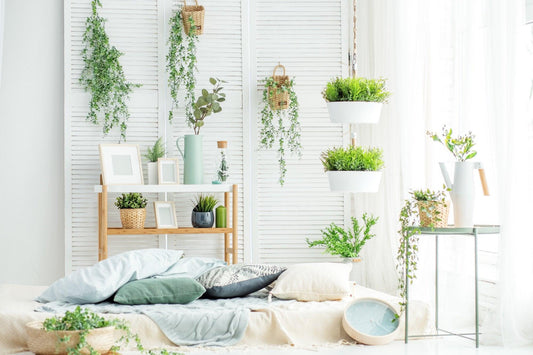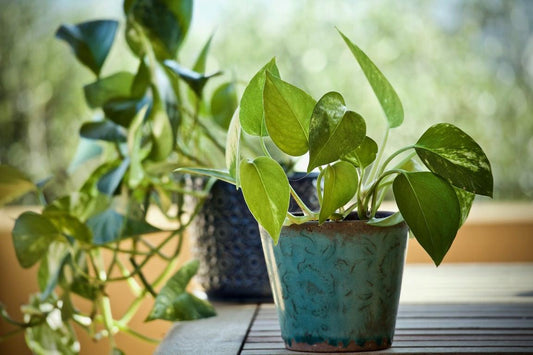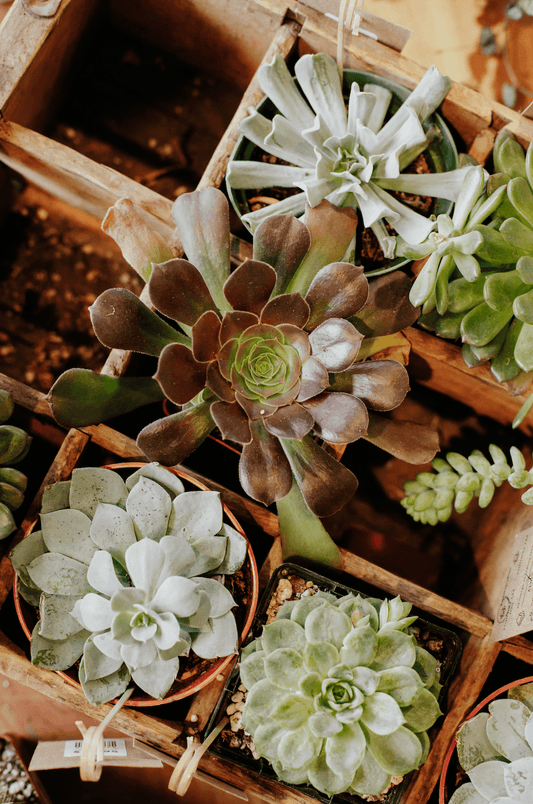AFRICAN VIOLET
How to Care for the AFRICAN VIOLET Plant
Overview
African violets, also known as Saintpaulia, are stunning and delicate plants that make excellent indoor houseplants. Native to East Africa, they come in a variety of colors, from deep purples and pinks to pale blues and whites, with charming ruffled petals. African violets are easy to care for and can thrive in low to bright indirect light, making them perfect for any room in the house. They have a reputation for being excellent air-purifying plants, helping to improve the air quality in your living space. With their compact size and beautiful blooms, African violets are a great choice for novice gardeners and experienced plant enthusiasts alike. Add a pop of color to your interior design with these lovely and charming plants!


Profile
African violets, also known as Saintpaulia, are a popular indoor plant that is prized for its stunning and delicate blooms. Native to East Africa, African violets come in a wide range of colors, from rich purples and pinks to pale blues and whites, with ruffled petals that add a touch of charm to any space.
African violets are easy to propagate from leaf cuttings, making them an ideal plant for those looking to expand their collection. To propagate, simply remove a leaf with its stem, dip the cut end in rooting hormone, and place it in moist soil. Keep the cutting in a warm, bright space and mist it regularly until it roots and begins to grow.
These plants are also non-toxic and safe for pets, making them an excellent choice for homes with children and furry friends. They thrive in bright, indirect light and prefer well-draining soil that is kept moist but not overly watered.
With their beautiful blooms and ease of care, African violets are a favorite among plant enthusiasts and beginners alike. Whether you're looking to add a pop of color to your living space or expand your plant collection, the African violet is sure to delight.



Partial/Indirect Light
African violets are a popular indoor plant that require specific lighting conditions to thrive. These plants do best in bright, indirect light, with direct sunlight being too harsh and causing the leaves to burn and colors to fade. Low light conditions can also cause the plant to grow slower and become leggy.
When choosing a spot for your African violets, it's important to consider their lighting needs. They prefer a spot that receives bright, filtered light, such as a windowsill or a well-lit room with curtains or blinds to filter the light. If your African violets are not receiving enough light, their leaves may become pale or yellowish in color, which is a sign that they need more light.
If you decide to grow African violets outdoors, it's important to choose a spot with some shade. These plants grow best in higher humidity levels and temperatures between 65-80°F, but they are averse to the cold. During the winter months, it's important to avoid drafts and direct airflow from heaters that can cause the plant to become stressed and damaged.
By providing your African violets with the right amount of light, you can ensure that they grow healthy and vibrant. Keep in mind their specific lighting needs, and you'll be rewarded with beautiful blooms and lush foliage.

Occasional
Plant them in an organically rich soil with good drainage, and water thoroughly with rainwater or filtered water when the top 10% of the soil is dry. When the roots start growing out of the drainage holes, you’ll know it’s time to repot. When repotting, get a pot that is 2 to 3 inches larger than the previous size to accommodate proper root growth.

Intermediate

Pet friendly
FREQUENTLY ASKED QUESTIONS (FAQs)
on AFRICAN VIOLETS
Why is it important to bottom water my African Violet?
Bottom watering is important for African violets because it allows the plant to absorb water through the roots without getting the leaves wet, which can cause damage or lead to rot. African violets are sensitive to moisture on their leaves, so bottom watering is a gentle and effective way to keep them hydrated without risking damage. Additionally, bottom watering encourages healthy root growth and can prevent soil from becoming waterlogged. Overall, bottom watering is a simple but important practice for maintaining the health and beauty of your African violet plant.
Why doesn't my African violet bloom?
There are several reasons why an African violet may not bloom. Some common reasons include insufficient light, incorrect watering practices, over-fertilization, and root-bound plants. African violets require bright but indirect light to bloom, so if the plant is not getting enough light, it may not produce flowers. Overwatering or underwatering can also cause stress to the plant, preventing it from blooming. Over-fertilization can lead to excessive foliage growth at the expense of flowers. Finally, if the plant is root-bound, meaning the roots have outgrown the pot, it may focus its energy on growing new roots rather than producing blooms. By addressing these potential issues and providing the proper care, you can encourage your African violet to bloom and thrive.




